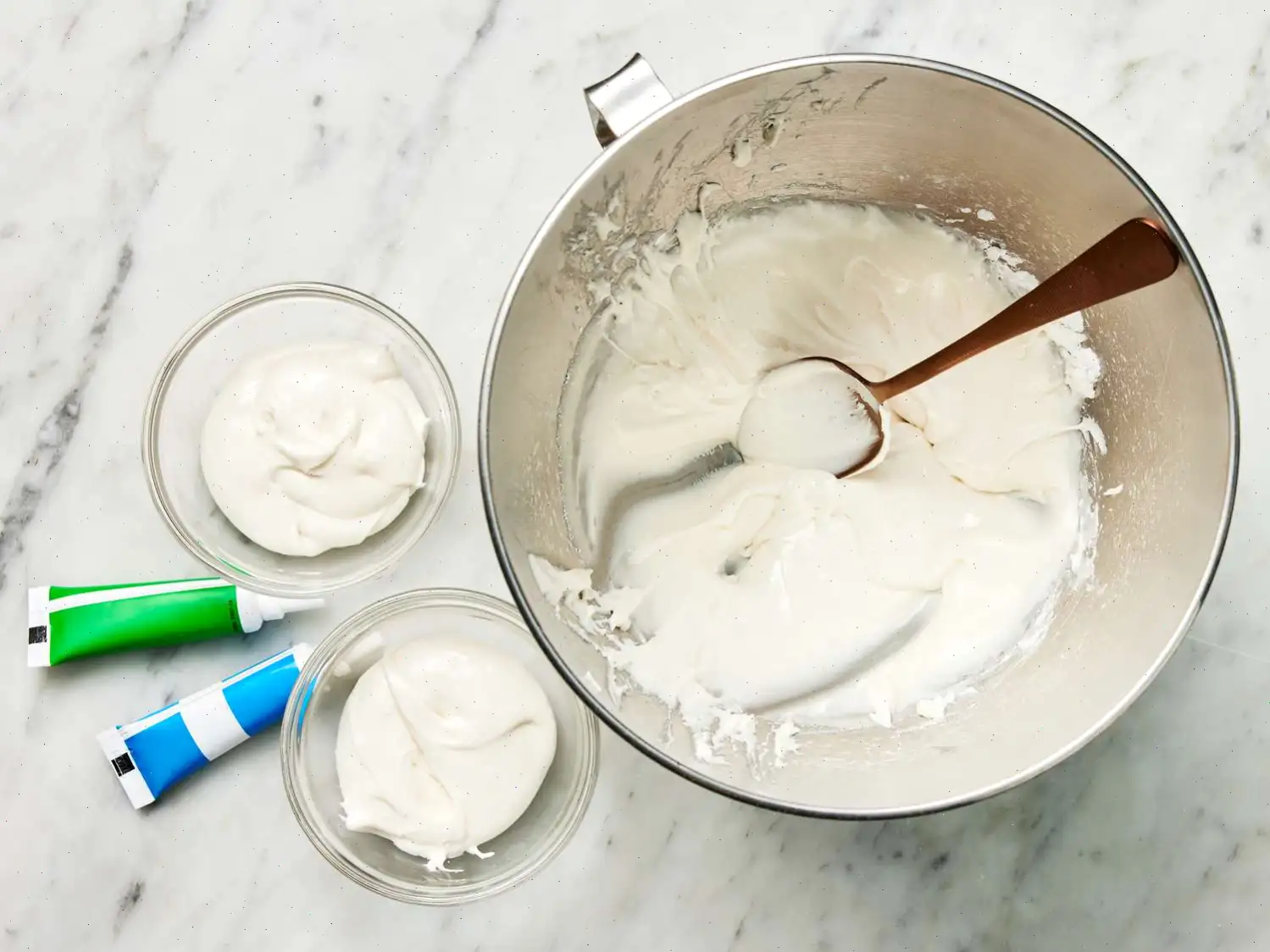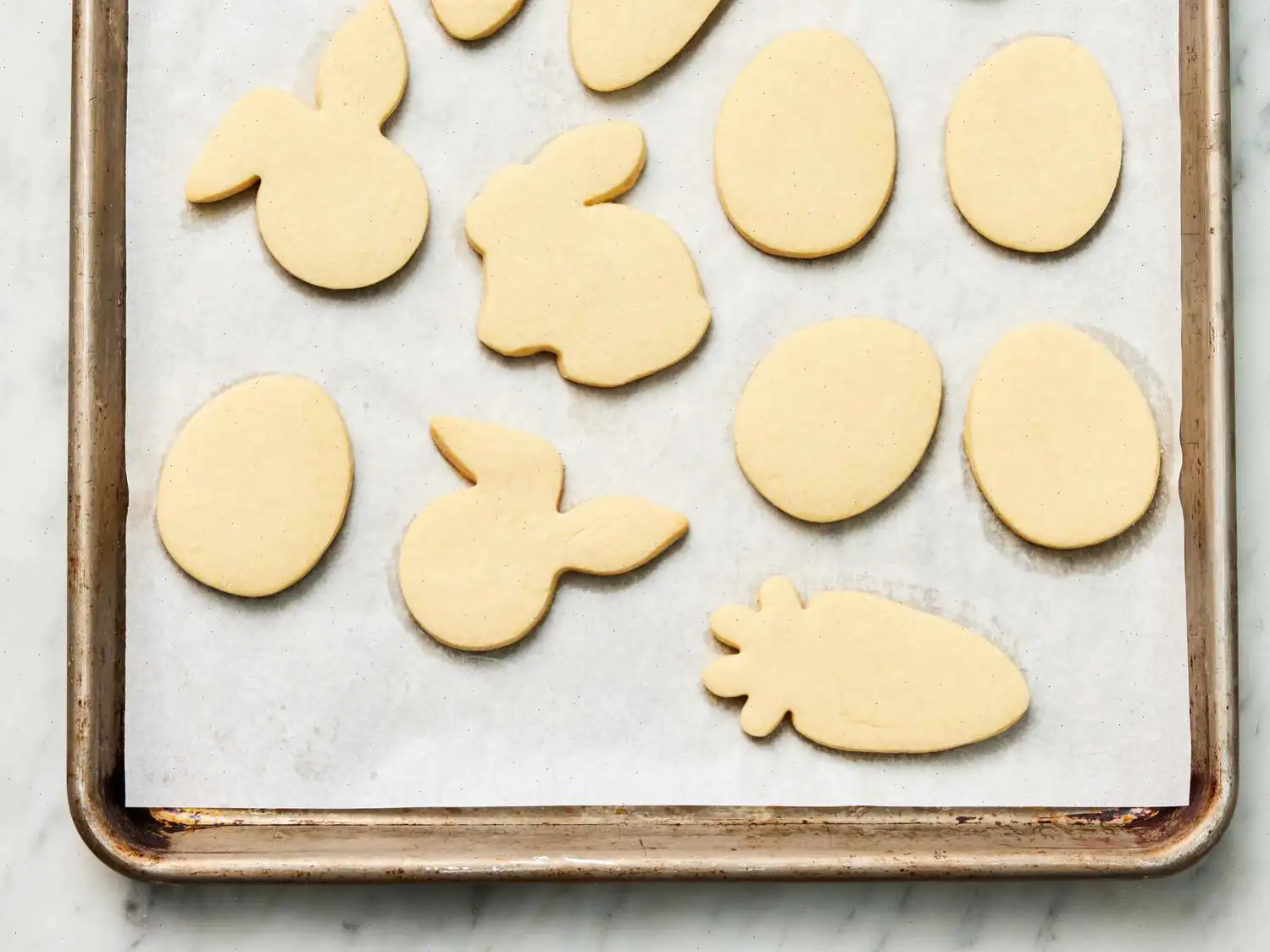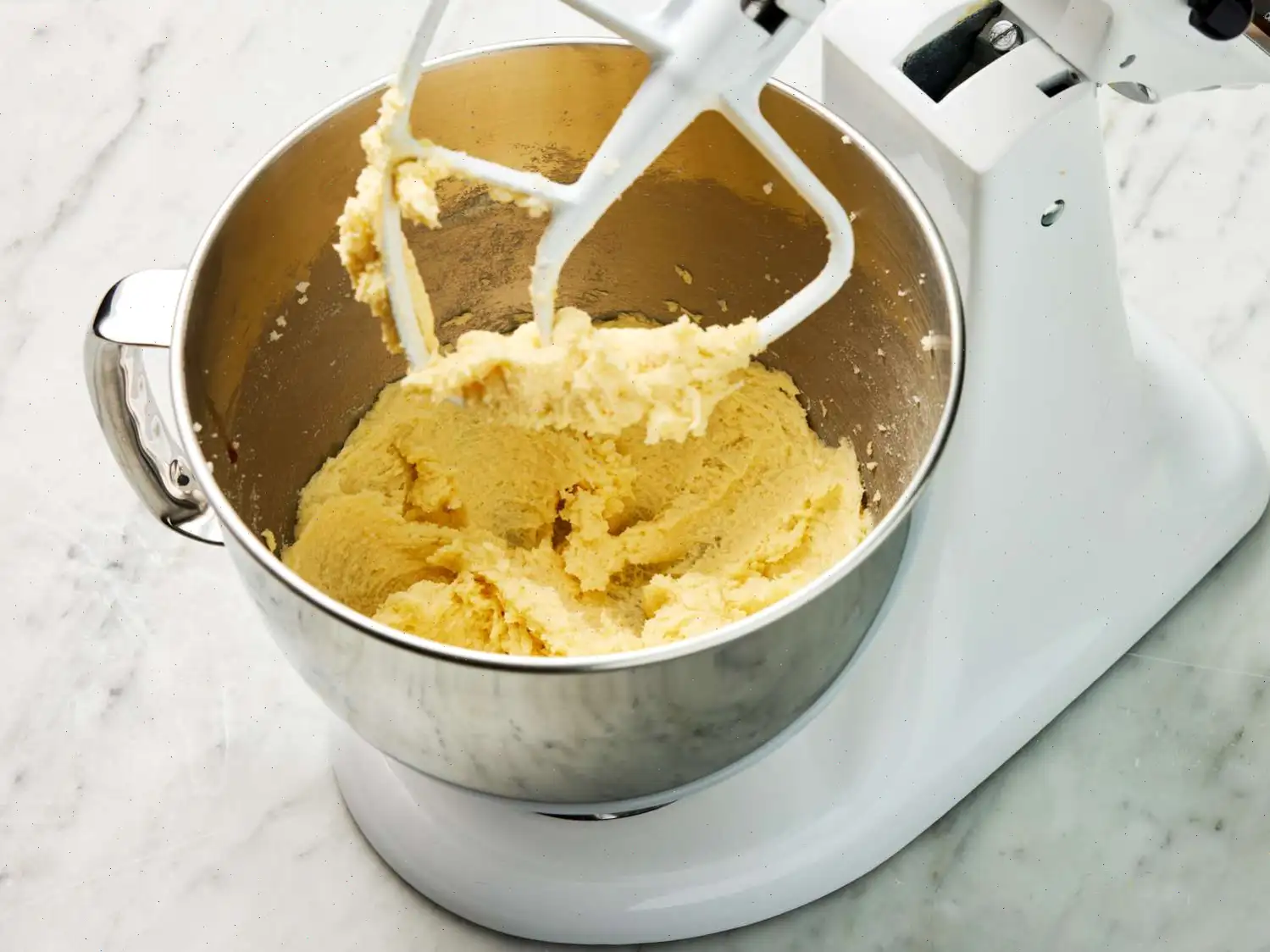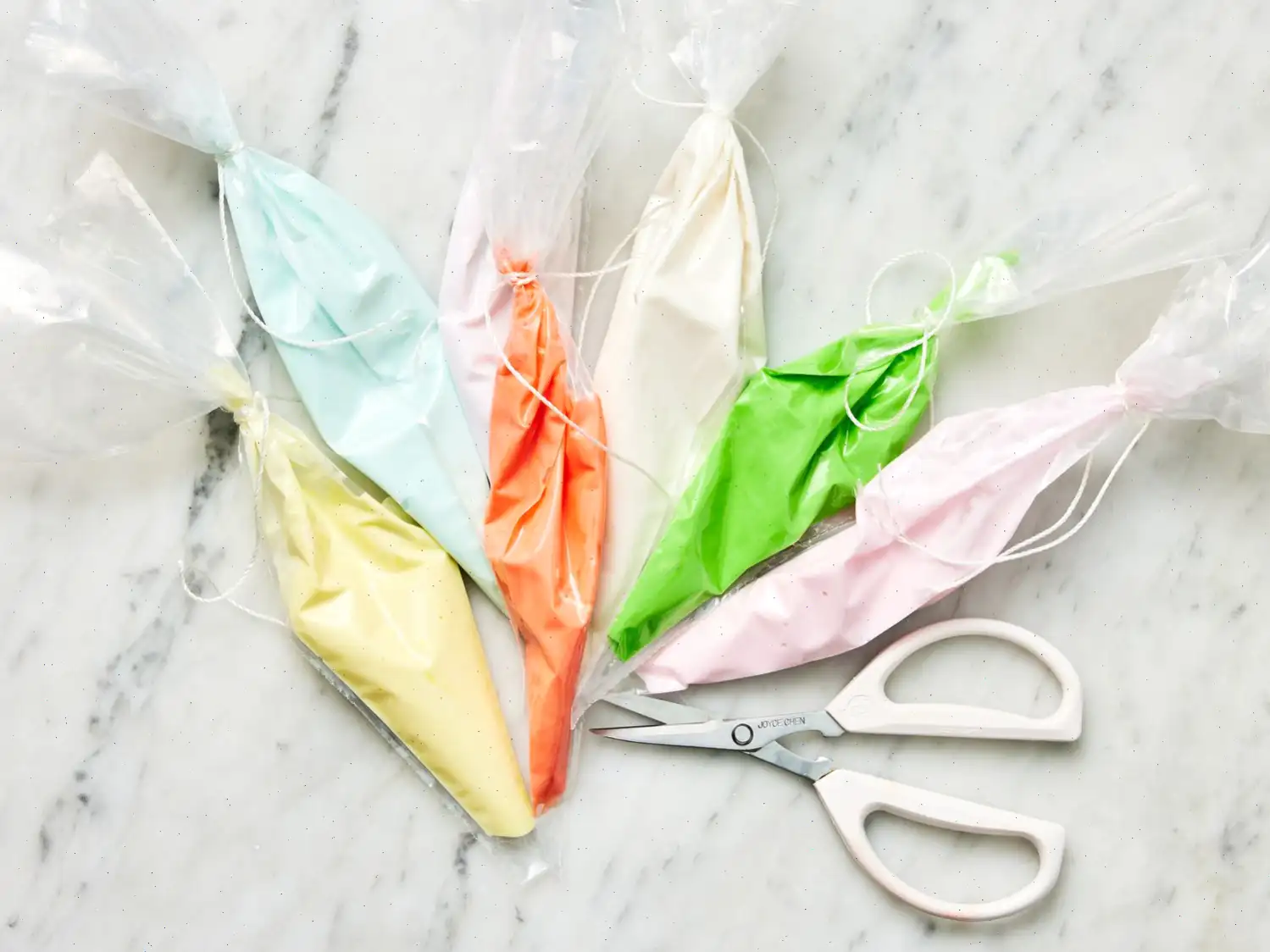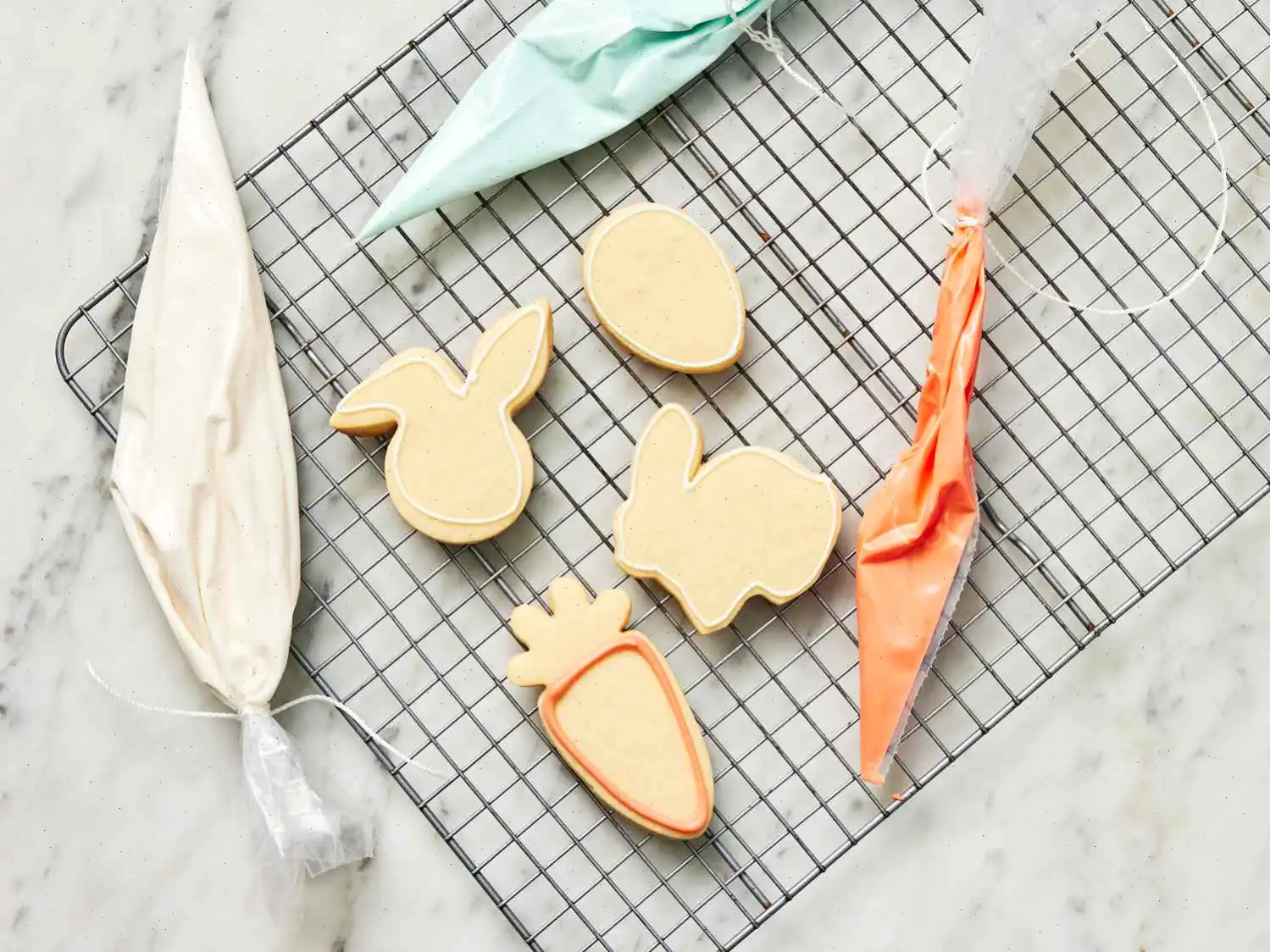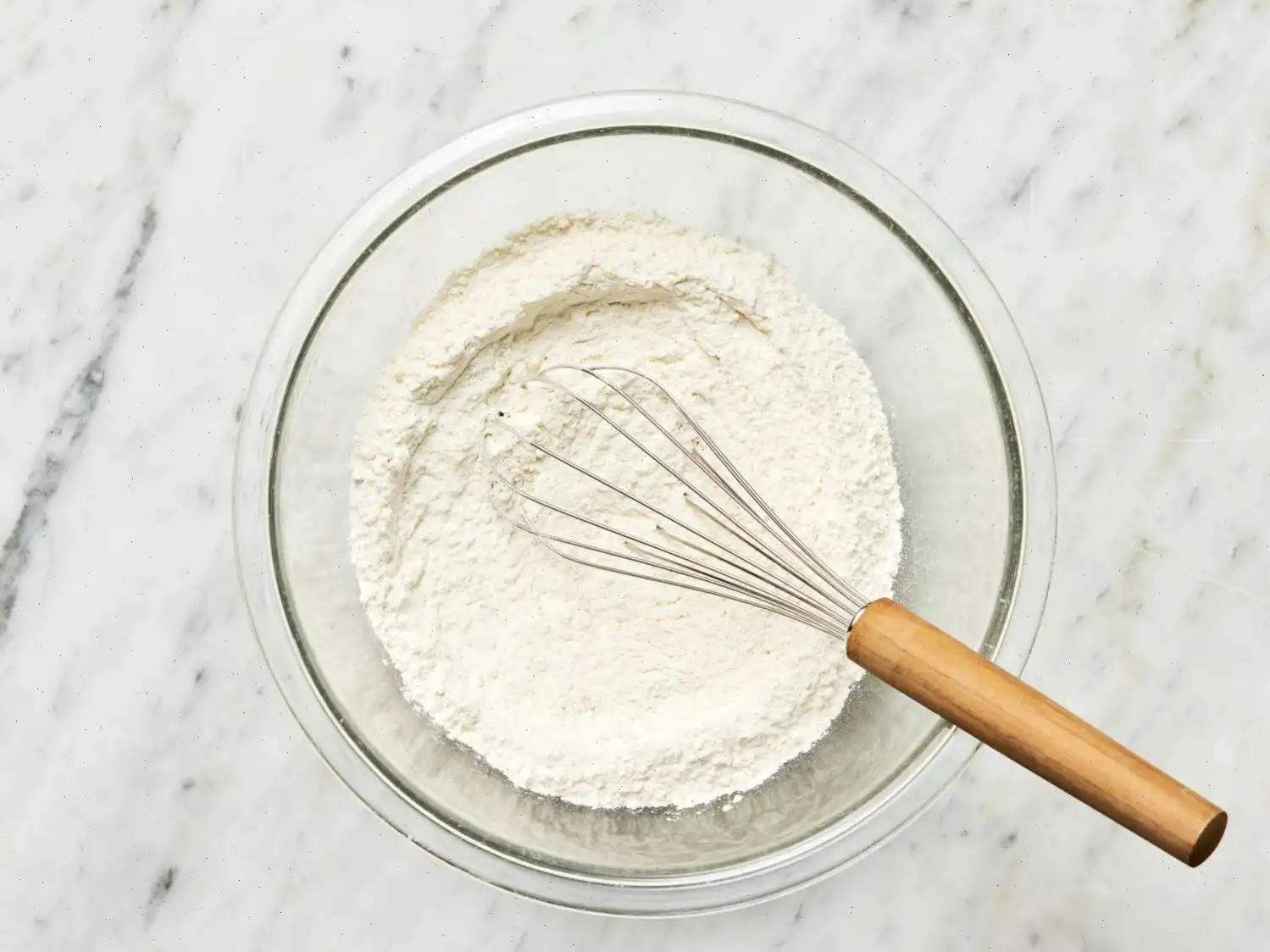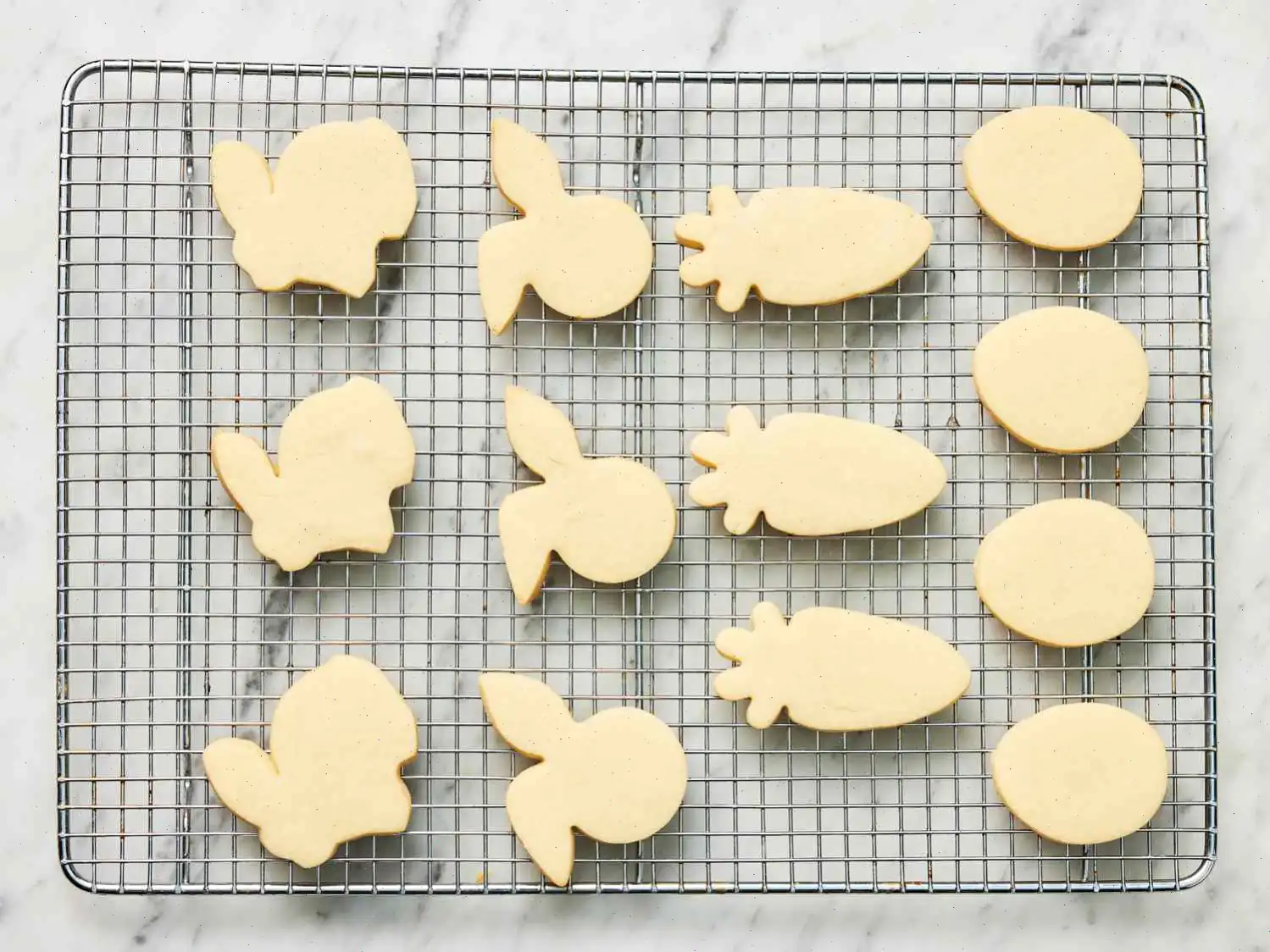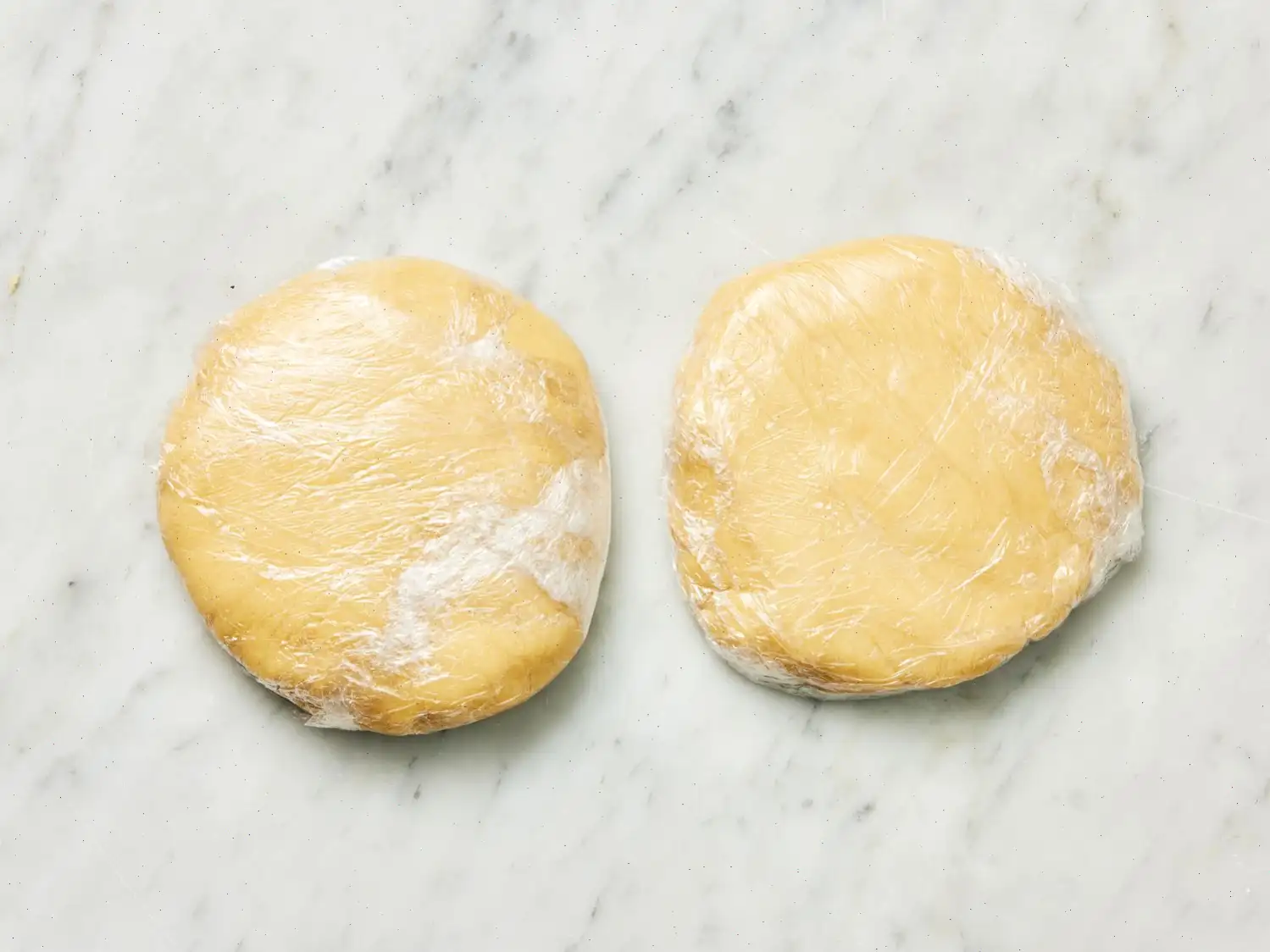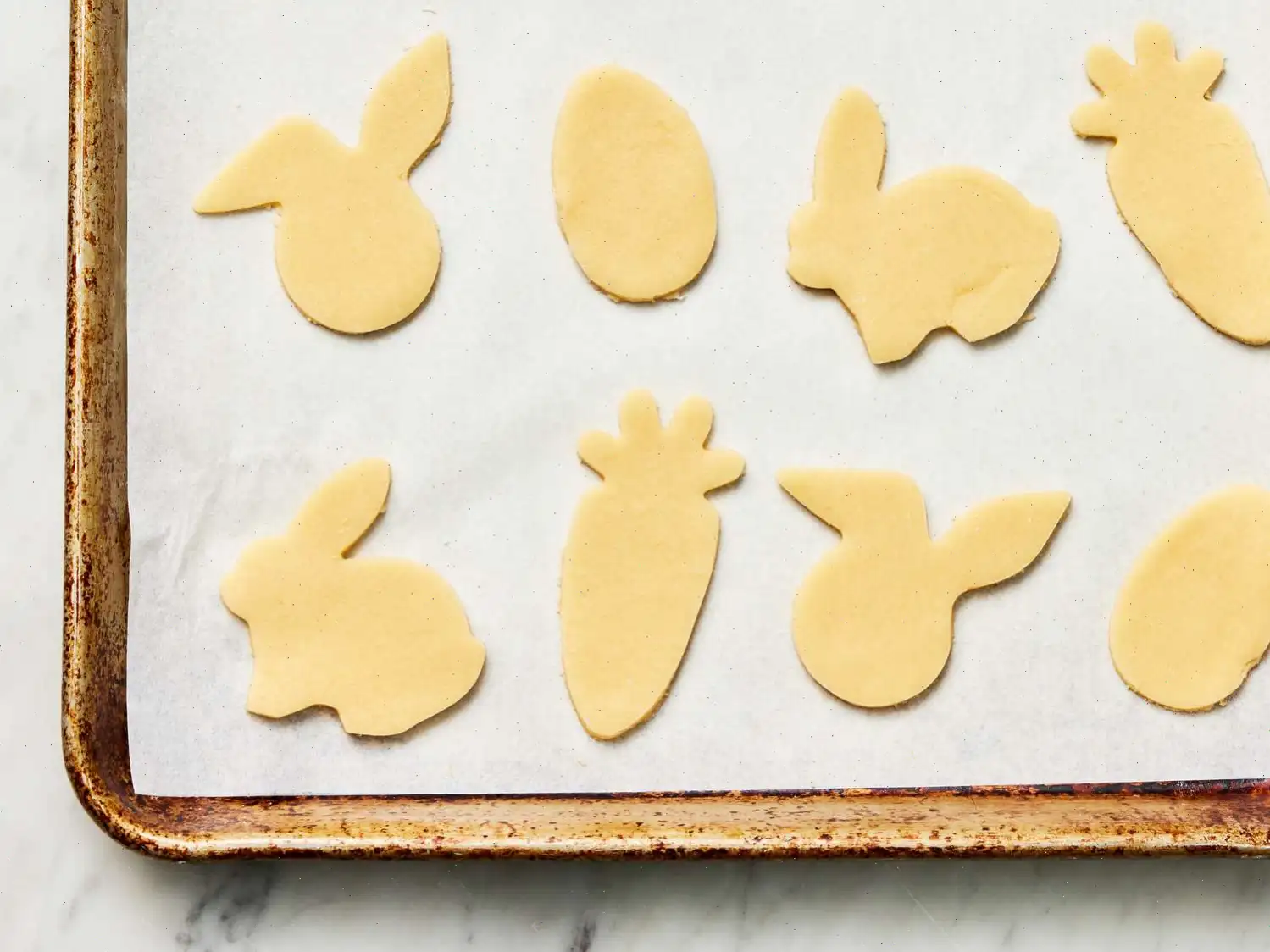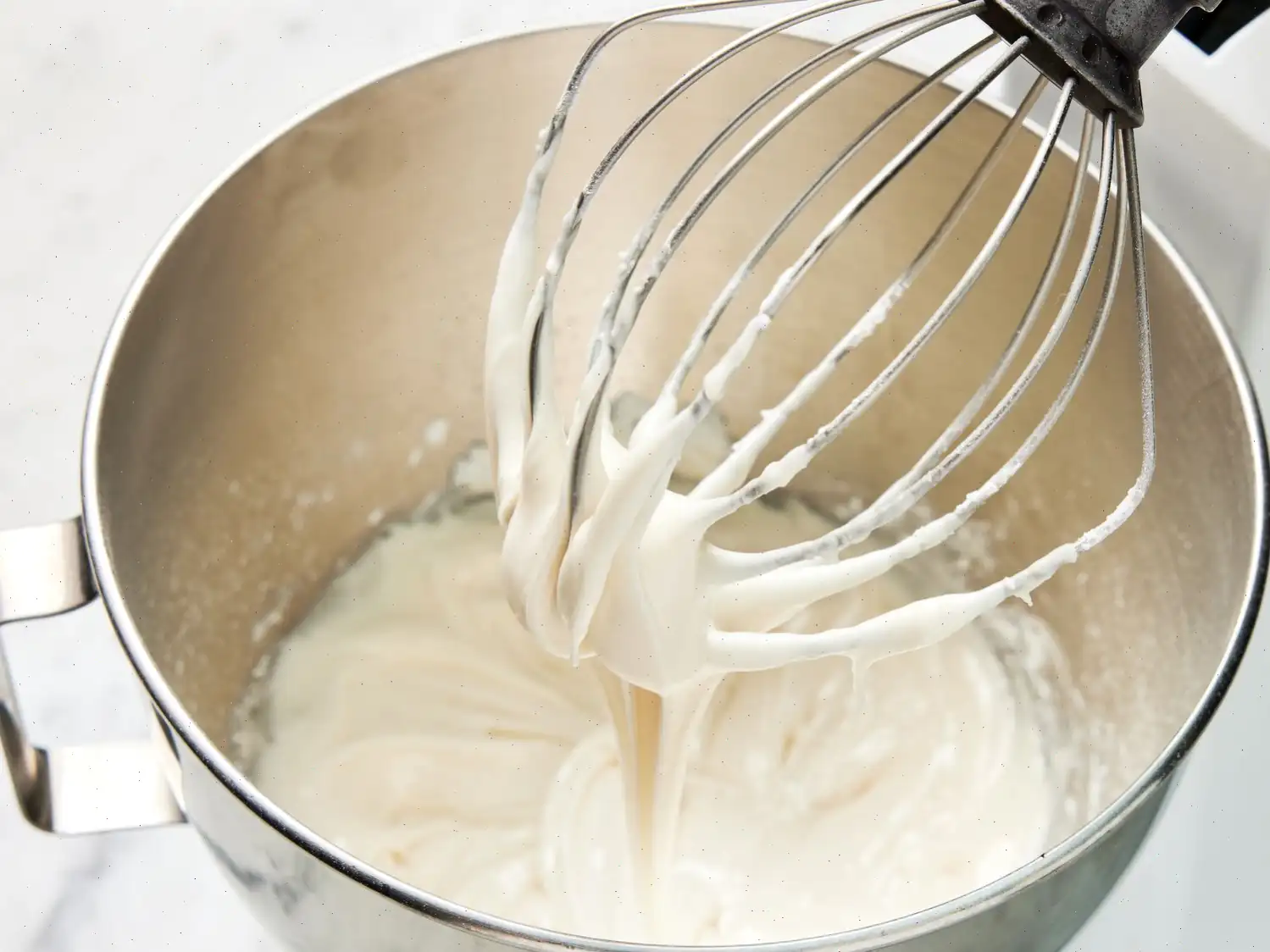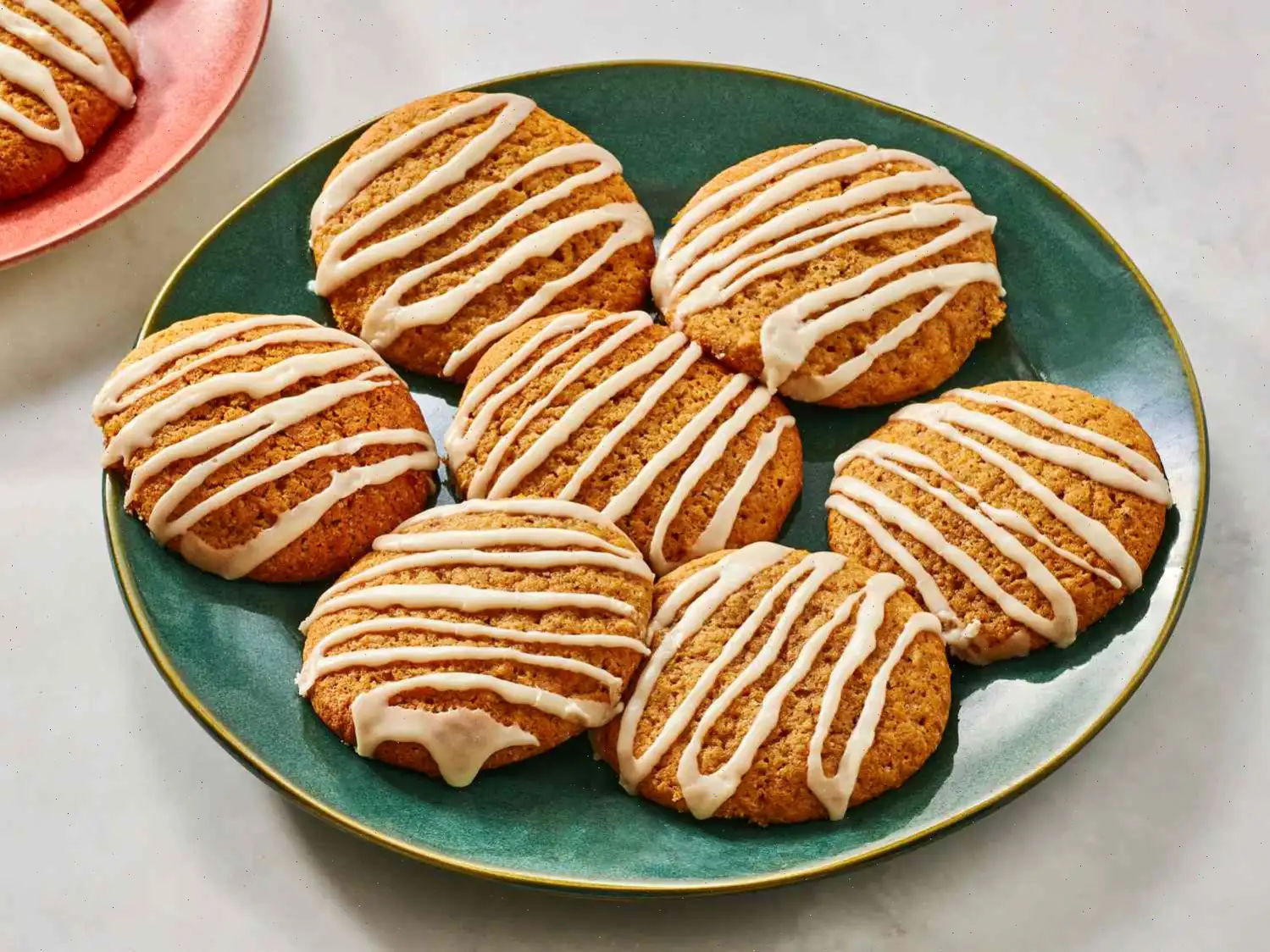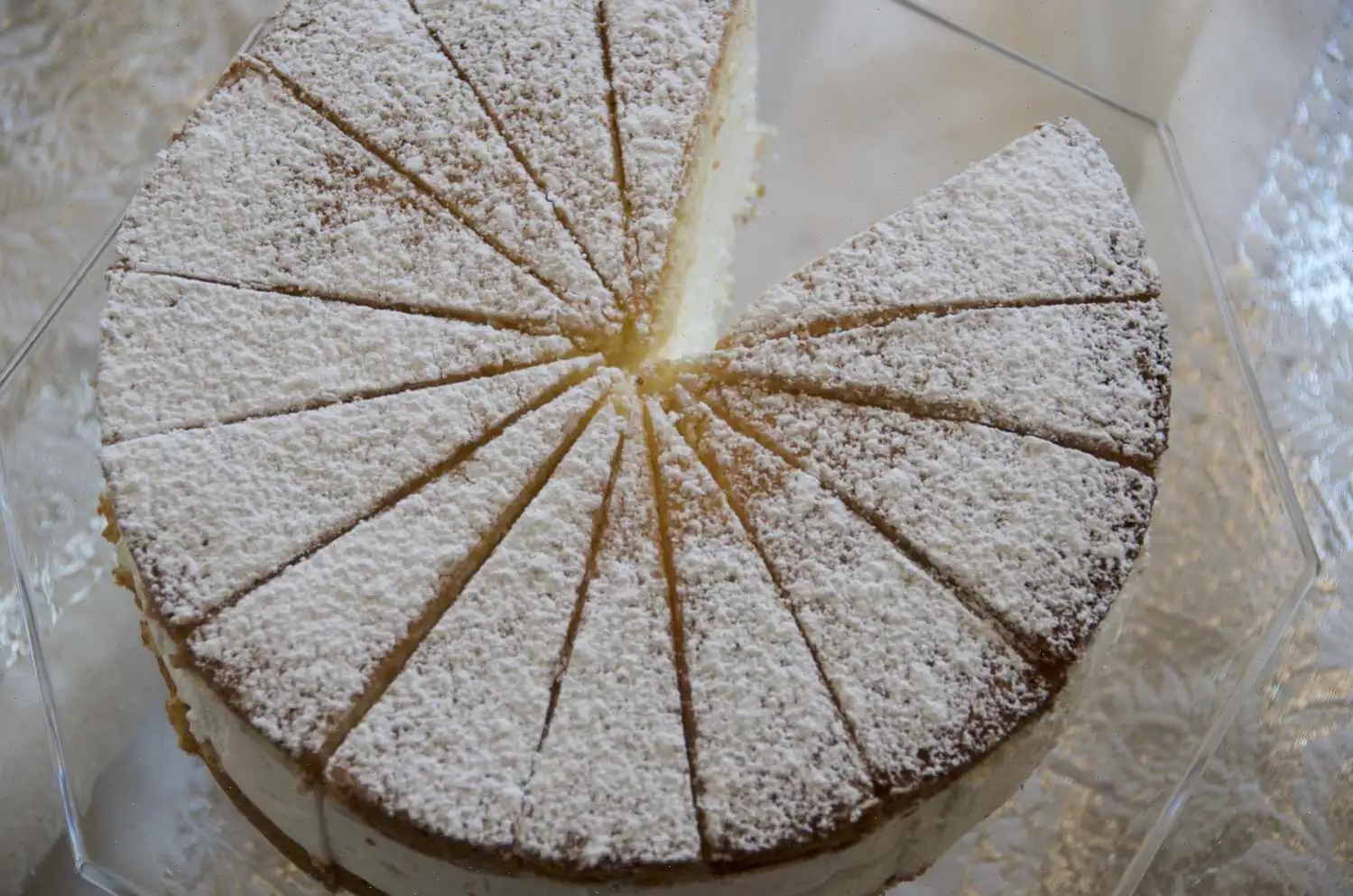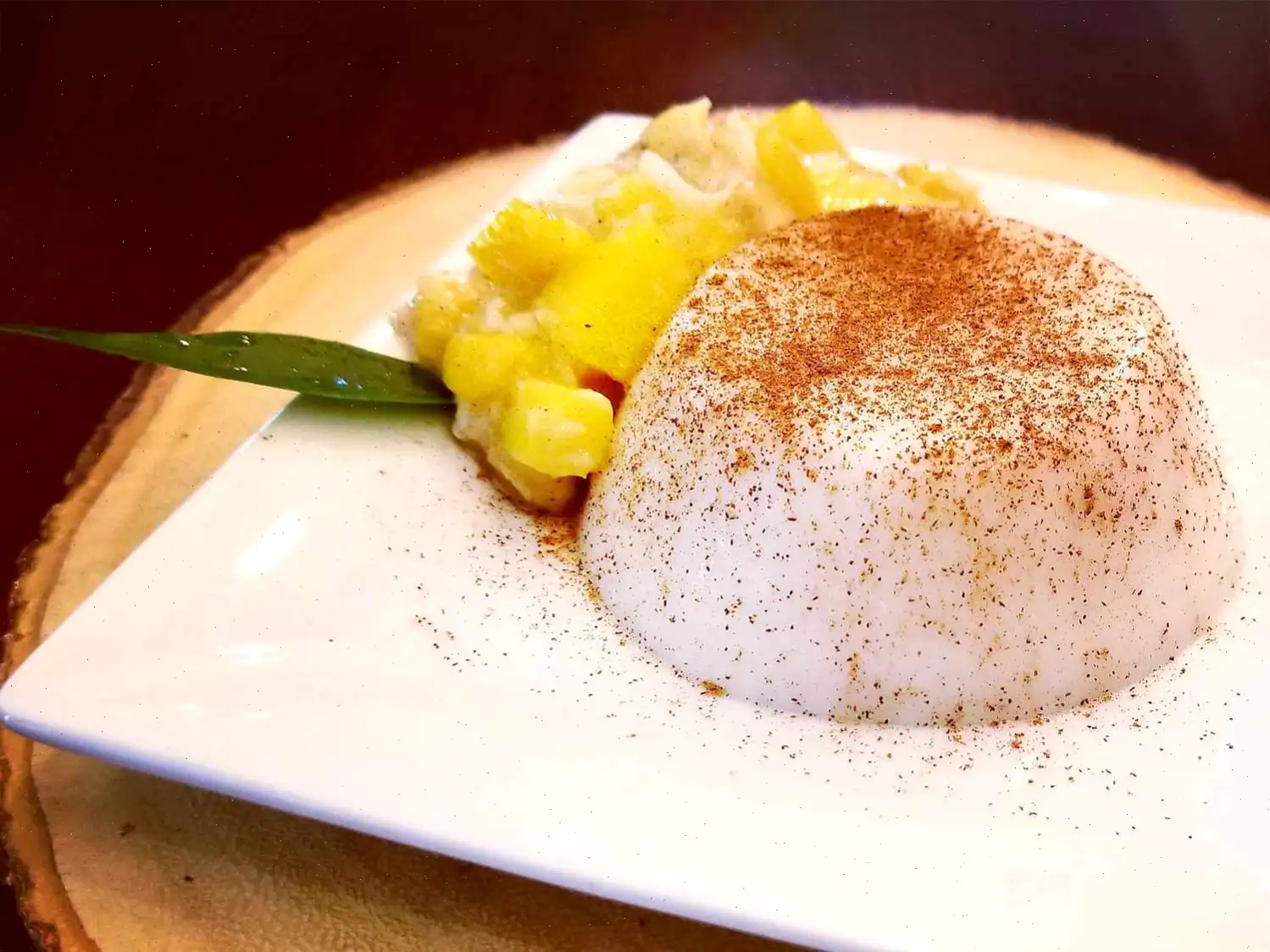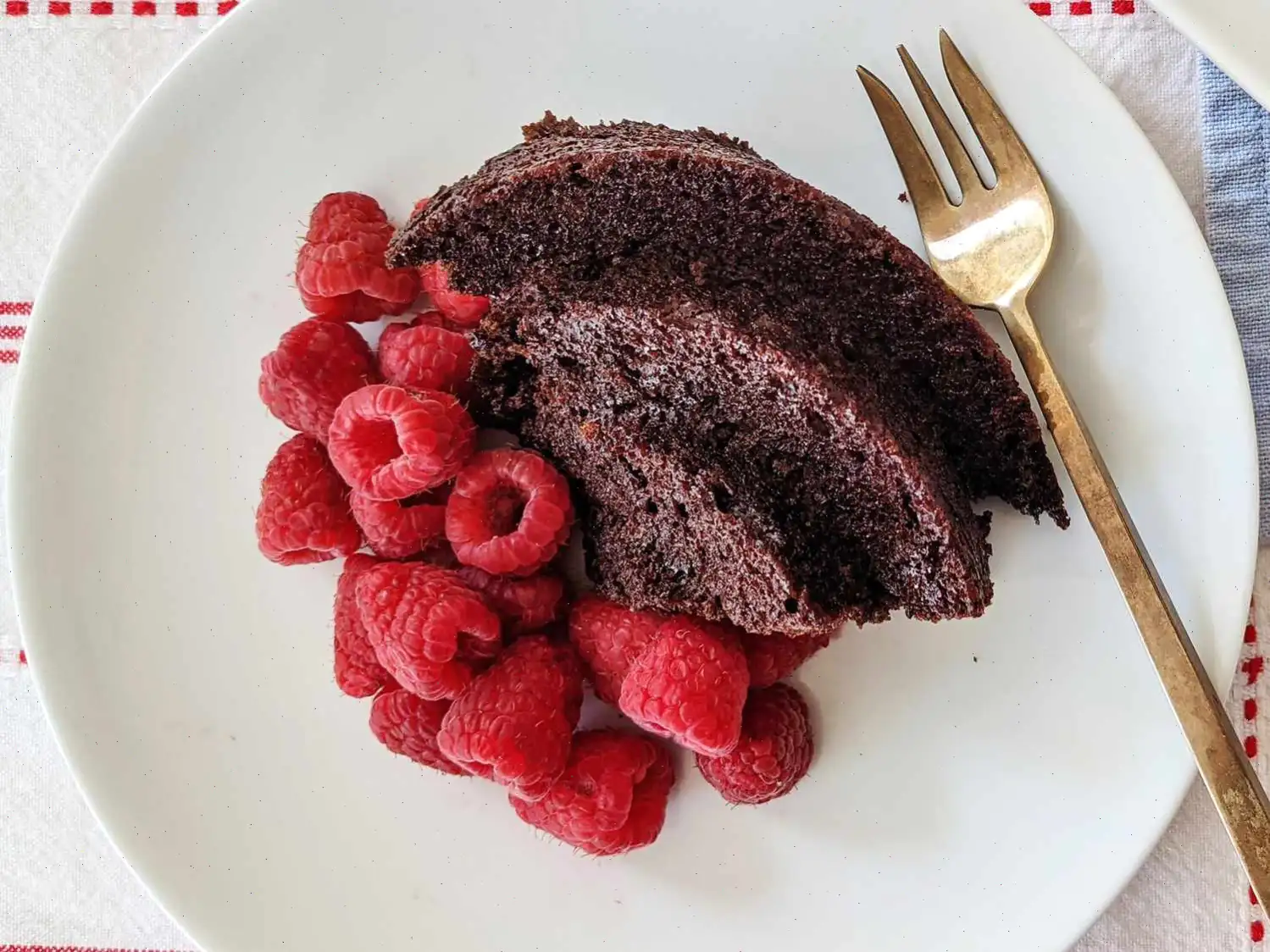
Easter Sugar Cookies Recipe
Ingredients
- 1 cup granulated sugar
- cup unsalted butter, softened
- 1 large egg
- 1 teaspoon vanilla extract
- 2 cups all-purpose flour
- teaspoon baking powder
- teaspoon kosher salt
For Royal Icing:
- 3 cups powdered sugar, plus more as needed
- 2 tablespoons meringue powder
- cup water, at room temperature, plus more as needed
- teaspoon vanilla extract
- Assorted gel food coloring (blue, green, pink, yellow, purple, black)
Directions
Step 1: Gather all ingredients and set them up for easy access.
Step 2: To prepare the cookies, place granulated sugar and softened butter in the bowl of a stand mixer fitted with a paddle attachment. Beat on medium speed for 2 to 3 minutes, or until light and fluffy.
Step 3: Add the egg and vanilla extract, then beat on medium speed for 15 to 30 seconds until combined.
Step 4: In a separate bowl, whisk together the flour, baking powder, and salt. Gradually add this flour mixture to the sugar and butter mixture while the mixer is on low speed. Beat until just combined, about 1 minute.
Step 5: Divide the dough into two discs and wrap each tightly with plastic wrap. Refrigerate for at least 1 hour, or up to 1 day.
Step 6: When ready to bake, remove the dough from the fridge and let it sit for 10 minutes before rolling. Preheat the oven to 350F (175C). Line two large baking sheets with parchment paper or silicone mats.
Step 7: Roll out one disc of dough on a lightly floured surface to about -inch thickness. Use your preferred cookie cutters (such as egg, carrot, or bunny shapes) to cut out shapes. Place the cookies on the prepared baking sheets. Repeat with the remaining dough, re-rolling dough scraps once or twice.
Step 8: Bake the cookies in the preheated oven for 8 to 10 minutes, or until they are slightly golden. Remove from the oven and cool on the baking sheets for 5 minutes. Then, transfer the cookies to a wire rack to cool completely, about 30 minutes.
Step 9: While the cookies are cooling, prepare the royal icing. In a stand mixer fitted with a whisk attachment, combine powdered sugar and meringue powder. Beat on low speed for about 15 seconds until combined.
Step 10: With the mixer running on low, add the water and vanilla extract. Gradually increase the speed to medium-high and beat for 15 seconds until the icing is smooth.
Step 11: Check the consistency of the icing: it should form a ribbon that holds its shape on the surface for 1 to 2 seconds. If the icing is too thick, add water, one teaspoon at a time. If it's too thin, add powdered sugar, one teaspoon at a time.
Step 12: Divide cup of the royal icing into small bowls, one for each color (pink, blue, yellow, green, etc.). Keep the bowls covered with moist paper towels to prevent drying out when not in use.
Step 13: Once the icing is ready, transfer it into piping bags and snip off a small piece of the tip (about 1/8-inch) or fit the bags with small round piping tips.
Step 14: Pipe the royal icing along the edges of each cookie to create a border, then fill in the center of the cookies with the remaining icing. Use an offset spatula or the back of a spoon to spread the icing to the piped edges.
Step 15: Let the decorated cookies stand at room temperature until the icing is completely dry and set, about 1 hour.
Step 16: If desired, decorate the cookies further with additional colors and designs. Let the cookies dry for another 30 minutes until the icing is fully set.
Nutrition Facts
Serving Size: 1 cookie (28 servings per recipe)
- Calories: 140
- Total Fat: 4g (5% Daily Value)
- Saturated Fat: 2g (11% Daily Value)
- Cholesterol: 19mg (6% Daily Value)
- Sodium: 36mg (2% Daily Value)
- Total Carbohydrate: 26g (9% Daily Value)
- Dietary Fiber: 0g (1% Daily Value)
- Total Sugars: 19g
- Protein: 1g (3% Daily Value)
- Calcium: 9mg (1% Daily Value)
- Iron: 0mg (3% Daily Value)
- Potassium: 15mg (0% Daily Value)

The tradition of baking sugar cookies for Easter dates back many centuries. These simple yet delicious treats have become synonymous with the celebration of spring and the festive nature of the Easter holiday. While their origins can be traced to various regions, their role in holiday baking has become a beloved custom around the world. Whether in the shape of bunnies, eggs, or flowers, these cookies hold a special place in Easter celebrations.
History and Origins
The origins of sugar cookies can be traced back to the 18th century in Europe, particularly to the regions of Germany and Austria, where they were first known as "Nazarenes" or "knoephla." These early versions were simple, round biscuits, flavored with a touch of vanilla or almond. The practice of decorating cookies, however, began to gain popularity in the United States during the 19th century, where they became particularly linked to festive occasions like Christmas and Easter.
The custom of decorating sugar cookies for Easter became widespread after the commercialization of cookie cutters in the 20th century. Cookie cutters shaped like bunnies, carrots, and eggs allowed bakers to craft visually appealing treats that would fit the spirit of the holiday. The trend continued to evolve with the use of colorful royal icing and sprinkles, making Easter sugar cookies not only delicious but a visual delight.
Regional Features
In the United States, Easter sugar cookies are often a key part of family gatherings and church events. Different regions may incorporate local flavors, but the basic recipe remains the same. In the South, for example, bakers might add a hint of lemon zest or orange to the dough, providing a refreshing twist to the classic flavor. In the Midwest, sugar cookies are often more traditional, made with vanilla and decorated with pastel-colored icing.
In some European countries, the tradition of baking cookies for Easter also exists but with distinct variations. In Italy, for instance, "biscotti di Pasqua" are a popular Easter treat, although these are usually more complex and made with almonds or candied fruits. Similarly, in the UK, shortbread cookies shaped like Easter symbols are often seen alongside chocolate eggs, and they tend to have a more buttery, crumbly texture compared to their American counterparts.
How They Differ from Similar Dishes
What sets Easter sugar cookies apart from other types of cookies is their simplicity and versatility. Unlike the more elaborate chocolate chip cookies or oatmeal raisin varieties, sugar cookies are light, slightly crunchy on the outside, and soft in the middle. The dough can be easily molded into a variety of shapes, which makes them especially fun to decorate for holidays like Easter. While other cookies might focus more on rich flavors, sugar cookies are neutral, allowing them to pair wonderfully with colorful icing and other seasonal decorations.
Additionally, the use of royal icing to decorate sugar cookies is a distinguishing feature. While other cookies might be topped with frosting or glaze, royal icing is specifically designed to dry hard, creating a perfect canvas for detailed designs. This hard, glossy finish is ideal for intricate decorations that align with Easter's pastel color themes and celebratory spirit.
Where They Are Typically Served
Easter sugar cookies are often served at family gatherings, church events, and community Easter egg hunts. They are commonly displayed at festive tables alongside other Easter desserts, such as chocolate bunnies and cream-filled eggs. Many families make a tradition of baking these cookies together in the days leading up to Easter Sunday, using them as a bonding activity while waiting for the Easter celebrations to begin.
In addition to private homes, Easter sugar cookies are also frequently found at local bakeries or sold at Easter markets, especially in regions where holiday baking traditions are strong. During Easter, many bakeries and cafes offer themed treats like bunny-shaped cookies or cookies decorated with bright spring colors, catering to those who wish to bring a bit of festive joy to their table without the hassle of baking themselves.
Interesting Facts
- The tradition of decorating cookies dates back to medieval Europe, where gingerbread cookies were decorated for special occasions.
- Royal icing, which is often used to decorate Easter sugar cookies, was first developed in the 17th century by English pastry chefs and was originally called "egg white icing."
- The cookie cutter shapes used for Easter sugar cookies were popularized in the 20th century, coinciding with the rise of home baking and more elaborate seasonal decorations.
- Though they are most commonly seen at Easter, sugar cookies are popular year-round in the United States, often appearing at Christmas, Valentine's Day, and even Halloween in the shape of pumpkins and ghosts.
Whether you're baking them for a family event, a community gathering, or just for fun, Easter sugar cookies are a timeless treat that brings joy to any occasion. Their light texture, festive shapes, and colorful icing make them a quintessential dessert for celebrating the arrival of spring.
You can listen to this recipe in AI audio format. Simply click the play button below to listen to the content in a format that suits you best. It’s a great way to absorb information on the go!
FAQ about Easter Sugar Cookies Recipe
Comments
Ashley Torres
01/03/2023 11:04:21 PM
I absolutely loved these cookies! They turned out perfectly and were a fantastic way to kick off the month of December. I did make a slight modification and used a different icing due to missing ingredients, but they were still amazing. I let them rise for 1 hour and used golden sugar, which added a delicious flavor. My kids adored them too! I highly recommend these cookies and will definitely be making them again.



